NEMA 13 enclosures are specially designed protective cases that adhere to the standards set by the National Electrical Manufacturers Association (NEMA). These enclosures are essential in providing a safe and secure environment for electrical components, particularly in industrial settings where equipment is exposed to hazardous conditions such as oil, coolant, and other non-corrosive liquids.
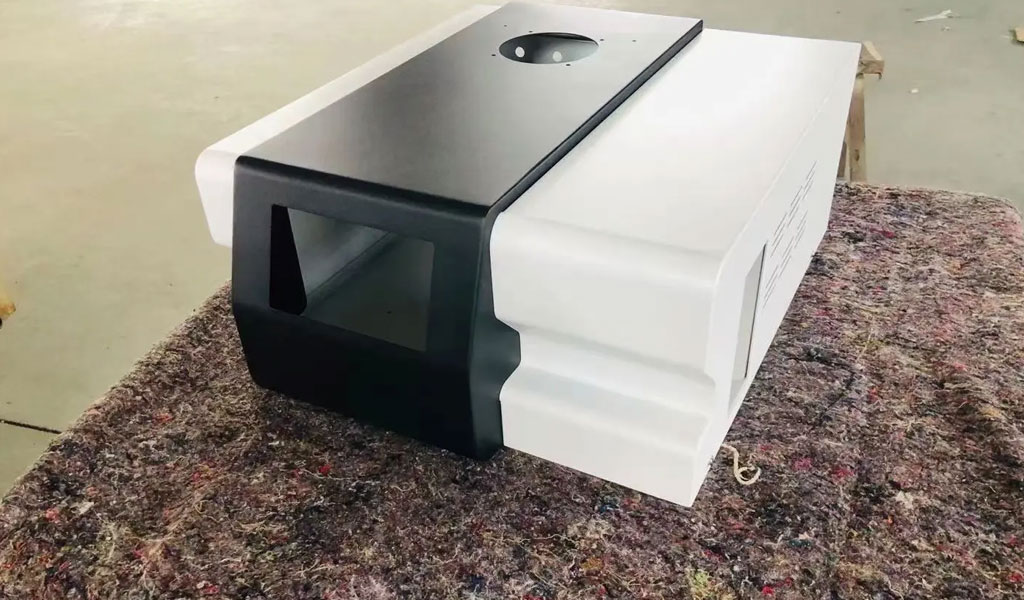
What is NEMA 13 Enclosure
A NEMA 13 enclosure is a type of protective casing designed to safeguard electrical equipment from specific environmental hazards.
Defined by the National Electrical Manufacturers Association (NEMA), the NEMA 13 standard ensures that enclosures provide protection against dust, spraying of water, oil, and non-corrosive coolants. These enclosures are crucial in various industrial settings where electrical components need robust protection to maintain operational safety and efficiency.
History and Development
The development of NEMA enclosures dates back to the early 20th century, coinciding with the rapid industrialization and electrification of manufacturing processes. The need for standardized protective enclosures became evident as electrical sheet metal components were increasingly used in harsh environments. NEMA, established in 1926, played a pivotal role in creating these standards to ensure the safety, reliability, and performance of electrical equipment.
Design and Construction
NEMA 13 enclosures are typically constructed from materials that offer high resistance to oils and coolants. Common materials include stainless steel, aluminum, and coated steel.
The design features include gasketed doors and covers to ensure a tight seal, preventing the ingress of liquids.
The enclosures often feature hinges and locking mechanisms to secure the contents while allowing easy access for maintenance and inspection.
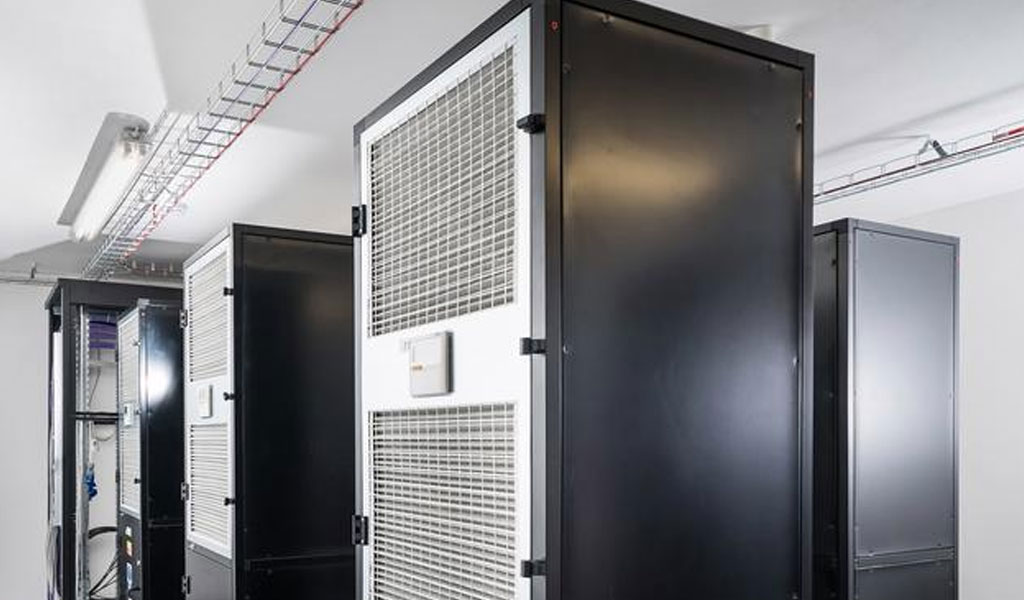
Material Selection
The choice of material for NEMA 13 enclosures is crucial. Stainless steel is favored for its corrosion resistance and durability. Aluminum, while lighter, also provides adequate protection and is often used in less demanding environments. Coated steel, with various protective finishes, offers a cost-effective solution while maintaining necessary protection levels.
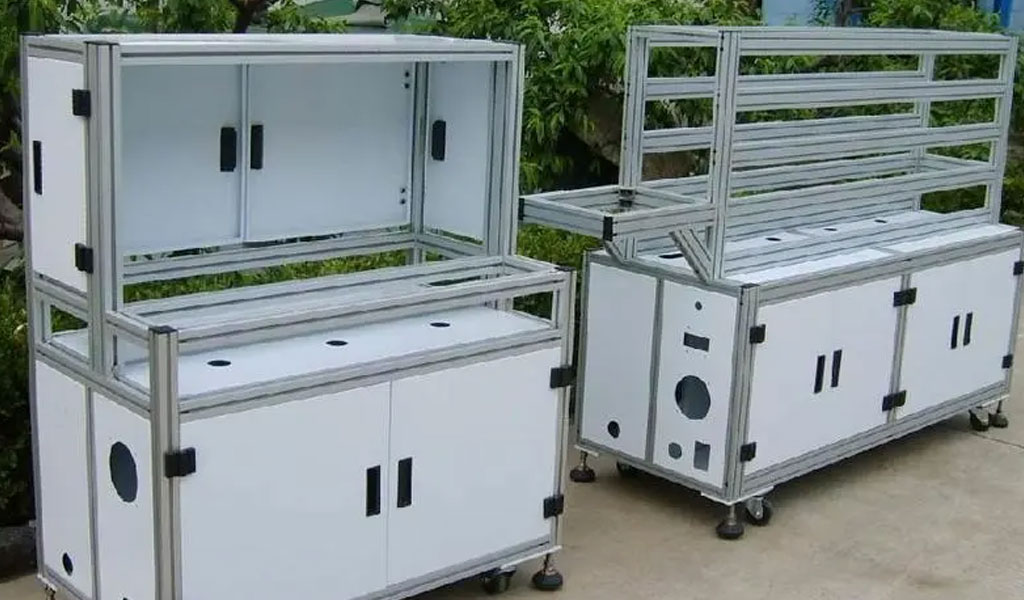
NEMA 13 Enclosure Types
NEMA standards categorize enclosures based on their ability to protect against various environmental conditions.
The standards range from NEMA 1, which provides basic protection against dust, to NEMA 13, which offers robust protection against oil and coolant.
Each NEMA rating corresponds to specific criteria for resistance to elements such as water, dust, corrosion, and other contaminants.
Type 1
Enclosures constructed for indoor use to provide a degree of protection to personnel against access to hazardous parts and to provide a degree of protection of the equipment inside the enclosure against ingress of solid foreign objects (falling dirt).
Type 2
Enclosures constructed for indoor use to provide a degree of protection to personnel against access to hazardous parts; to provide a degree of protection of the equipment inside the enclosure against ingress of solid foreign objects (falling dirt); and to provide a degree of protection with respect to harmful effects on the equipment due to the ingress of water (dripping and light splashing).
Type 3
- Enclosures constructed for either indoor or outdoor use to provide a degree of protection to personnel against access to hazardous parts;
- to provide a degree of protection of the equipment inside the enclosure against ingress of solid foreign objects (falling dirt and windblown dust);
- to provide a degree of protection with respect to harmful effects on the equipment due to the ingress of water (rain, sleet, snow);
It will be undamaged by the external formation of ice on the enclosure.
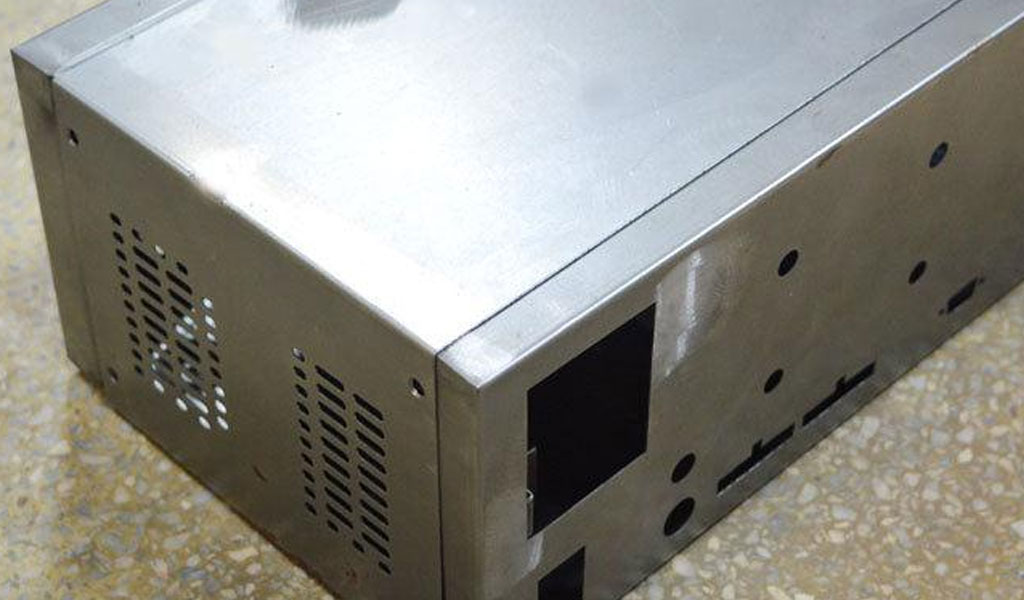
Type 3R
Enclosures constructed for either indoor or outdoor use to provide a degree of protection to personnel against access to hazardous parts; to provide a degree of protection of the equipment inside the enclosure against ingress of solid foreign objects (falling dirt); to provide a degree of protection with respect to harmful effects on the equipment due to the ingress of water (rain, sleet, snow); and that will be undamaged by the external formation of ice on the enclosure.
Type 3S
Enclosures constructed for either indoor or outdoor use to provide a degree of protection to personnel against access to hazardous parts; to provide a degree of protection of the equipment inside the enclosure against ingress of solid foreign objects (falling dirt and windblown dust); to provide a degree of protection with respect to harmful effects on the equipment due to the ingress of water (rain, sleet, snow); and for which the external mechanism(s) remain operable when ice laden.
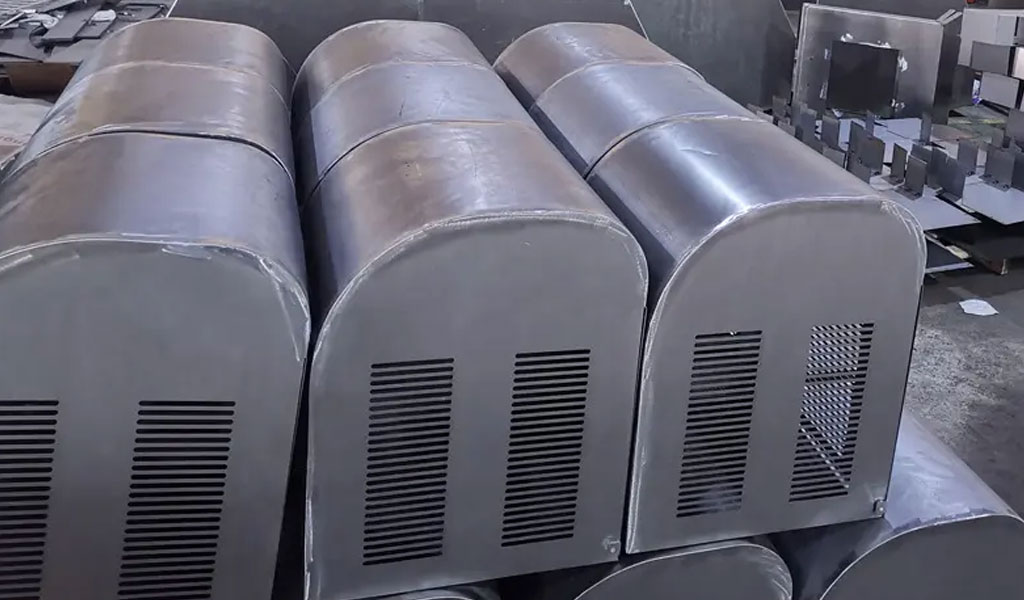
Type 3X
Enclosures constructed for either indoor or outdoor use to provide a degree of protection to personnel against access to hazardous parts; to provide a degree of protection of the equipment inside the enclosure against ingress of solid foreign objects (falling dirt and windblown dust);
to provide a degree of protection with respect to harmful effects on the equipment due to the ingress of water (rain, sleet, snow); that provides an additional level of protection against corrosion and that will be undamaged by the external formation of ice on the enclosure.
Type 3RX
Enclosures constructed for either indoor or outdoor use to provide a degree of protection to personnel against access to hazardous parts; to provide a degree of protection of the equipment inside the enclosure against ingress of solid foreign objects (falling dirt); to provide a degree of protection with respect to harmful effects on the equipment due to the ingress of water (rain, sleet, snow); that will be undamaged by the external formation of ice on the enclosure that provides an additional level of protection against corrosion; and that will be undamaged by the external formation of ice on the enclosure.
Type 3SX
Enclosures constructed for either indoor or outdoor use to provide a degree of protection to personnel against access to hazardous parts; to provide a degree of protection of the equipment inside the enclosure against ingress of solid foreign objects (falling dirt and windblown dust); to provide a degree of protection with respect to harmful effects on the equipment due to the ingress of water (rain, sleet, snow); that provides an additional level of protection against corrosion; and for which the external mechanism(s) remain operable when ice laden.
Type 4
Enclosures constructed for either indoor or outdoor use to provide a degree of protection to personnel against access to hazardous parts; to provide a degree of protection of the equipment inside the enclosure against ingress of solid foreign objects (falling dirt and windblown dust); to provide a degree of protection with respect to harmful effects on the equipment due to the ingress of water (rain, sleet, snow, splashing water, and hose directed water); and that will be undamaged by the external formation of ice on the enclosure.
Type 4X
Enclosures constructed for either indoor or outdoor use to provide a degree of protection to personnel against access to hazardous parts; to provide a degree of protection of the equipment inside the enclosure against ingress of solid foreign objects (windblown dust); to provide a degree of protection with respect to harmful effects on the equipment due to the ingress of water (rain, sleet, snow, splashing water, and hose directed water); that provides an additional level of protection against corrosion; and that will be undamaged by the external formation of ice on the enclosure.
Type 5
Enclosures constructed for indoor use to provide a degree of protection to personnel against access to hazardous parts; to provide a degree of protection of the equipment inside the enclosure against ingress of solid foreign objects (falling dirt and settling airborne dust, lint, fibers, and flyings); and to provide a degree of protection with respect to harmful effects on the equipment due to the ingress of water (dripping and light splashing).
Type 6
Enclosures constructed for either indoor or outdoor use to provide a degree of protection to personnel against access to hazardous parts; to provide a degree of protection of the equipment inside the enclosure against ingress of solid foreign objects (falling dirt);
to provide a degree of protection with respect to harmful effects on the equipment due to the ingress of water (hose directed water and the entry of water during occasional temporary submersion at a limited depth); and that will be undamaged by the external formation of ice on the enclosure.

Type 6P
Enclosures constructed for either indoor or outdoor use to provide a degree of protection to personnel against access to hazardous parts; to provide a degree of protection of the equipment inside the enclosure against ingress of solid foreign objects (falling dirt); to provide a degree of protection with respect to harmful effects on the equipment due to the ingress of water (hose directed water and the entry of water during prolonged submersion at a limited depth); that provides an additional level of protection against corrosion and that will be undamaged by the external formation of ice on the enclosure.
Type 12
Enclosures constructed (without knockouts) for indoor use to provide a degree of protection to personnel against access to hazardous parts; to provide a degree of protection of the equipment inside the enclosure against ingress of solid foreign objects (falling dirt and circulating dust, lint, fibers, and flyings); and to provide a degree of protection with respect to harmful effects on the equipment due to the ingress of water (dripping and light splashing).
Type 12K
Enclosures constructed (with knockouts) for indoor use to provide a degree of protection to personnel against access to hazardous parts; to provide a degree of protection of the equipment inside the enclosure against ingress of solid foreign objects (falling dirt and circulating dust, lint, fibers, and flyings); and to provide a degree of protection with respect to harmful effects on the equipment due to the ingress of water (dripping and light splashing).
Type 13
Enclosures constructed for indoor use to provide a degree of protection to personnel against access to hazardous parts; to provide a degree of protection of the equipment inside the enclosure against ingress of solid foreign objects (falling dirt and circulating dust, lint, fibers, and flyings); to provide a degree of protection with respect to harmful effects on the equipment due to the ingress of water (dripping and light splashing); and to provide a degree of protection against the spraying, splashing, and seepage of oil and non-corrosive coolants.
In Hazardous Locations, when completely and properly installed and maintained, Type 7 and 10 enclosures are designed to contain an internal explosion without causing an external hazard. Type 8 enclosures are designed to prevent combustion through the use of oil-immersed equipment. Type 9 enclosures are designed to prevent the ignition of combustible dust.
Type 7
Enclosures constructed for indoor use in hazardous (classified) locations classified as Class I, Division 1, Groups A, B, C, or D as defined in NFPA 70.
Type 8
Enclosures constructed for either indoor or outdoor use in hazardous (classified) locations classified as Class I, Division 1, Groups A, B, C, and D as defined in NFPA 70.
Type 9
Enclosures constructed for indoor use in hazardous (classified) locations classified as Class II, Division 1, Groups E, F, or G as defined in NFPA 70.
Type 10
Enclosures constructed to meet the requirements of the Mine Safety and Health Administration, 30 CFR, Part 18.
IEC Publication 60529 Classification of Degrees of Protection Provided by Enclosures provides a system for specifying the enclosures of electrical equipment on the basis of the degree of protection provided by the sheet metal enclosure. IEC 60529 does not specify degrees of protection against mechanical damage of equipment, risk of explosions, or conditions such as moisture (produced for example by condensation), corrosive vapors, fungus, or vermin. The NEMA Standard for Enclosures for Electrical Equipment does test for environmental conditions such as corrosion, rust, icing, oil, and coolants. For this reason, and because the test and evaluations for other characteristics are not identical, the IEC Enclosure Classification Designations cannot be exactly equated with the enclosure Type numbers in this Standard.
The IEC designation consists of the letters IP followed by two numerals. The first characteristic numeral indicates the degree of protection provided by the enclosure with respect to persons and solid foreign objects entering the enclosure. The second characteristic numeral indicates the degree of protection provided by the enclosure with respect to the harmful ingress of water.
Comparison with Other NEMA Enclosures
NEMA enclosures come in various types, each designed to provide a specific level of protection against environmental hazards. Understanding the differences between these enclosures is essential for selecting the appropriate type for a given application. Below is a comparison of NEMA 13 enclosures with other common NEMA enclosures.
NEMA 1
- Protection Level: Provides a basic level of protection against dust and accidental contact with electrical equipment.
- Typical Use: Indoor applications where minimal protection is required, such as in office buildings or residential areas.
- Comparison with NEMA 13: Unlike NEMA 13 enclosures, NEMA 1 does not offer protection against water, oil, or coolant. NEMA 13 is more robust and suitable for industrial environments.
NEMA 3
- Protection Level: Offers protection against dust, rain, sleet, and external ice formation.
- Typical Use: Outdoor applications where exposure to weather elements is a concern, such as in agricultural settings or outdoor electrical installations.
- Comparison with NEMA 13: NEMA 3 enclosures are designed for outdoor use and protection against weather elements, whereas NEMA 13 is specifically designed for indoor environments with exposure to oil and coolant.
NEMA 4 and 4X
- Protection Level: Provides protection against windblown dust, rain, splashing water, hose-directed water, and in the case of 4X, protection against corrosion.
- Typical Use: Suitable for indoor and outdoor applications, including food processing, where high-pressure water washdowns are common.
- Comparison with NEMA 13: Both NEMA 4 and 4X offer robust protection against water but NEMA 13 is specifically tailored for resistance to oil and coolant, making it ideal for certain industrial environments. NEMA 4X also offers corrosion resistance, which NEMA 13 does not inherently provide unless made from corrosion-resistant materials.
NEMA 6 and 6P
- Protection Level: Protects against temporary submersion in water (NEMA 6) and prolonged submersion in water (NEMA 6P).
- Typical Use: Applications where equipment may be temporarily or permanently submerged in water, such as in marine environments.
- Comparison with NEMA 13: NEMA 6 and 6P enclosures are designed for submersion, a level of water protection far exceeding that of NEMA 13, which only protects against light water spray. NEMA 13 is more focused on oil and coolant resistance.
NEMA 12
- Protection Level: Provides protection against dust, dirt, dripping non-corrosive liquids, and light splashing.
- Typical Use: Indoor industrial applications where dust and dripping liquids are present, such as manufacturing plants.
- Comparison with NEMA 13: NEMA 12 enclosures offer protection similar to NEMA 13 against dust and light splashing but do not provide the same level of resistance to oils and coolants. NEMA 13 enclosures are specifically designed to handle these industrial fluids.
NEMA 7 and 9
- Protection Level: NEMA 7 enclosures are designed for use in indoor hazardous locations classified as Class I, Groups A, B, C, or D, and NEMA 9 enclosures are for Class II, Groups E, F, or G.
- Typical Use: Hazardous locations where explosive gases (NEMA 7) or dust (NEMA 9) are present.
- Comparison with NEMA 13: NEMA 7 and 9 are specialized for hazardous environments with explosive risks, unlike NEMA 13, which is not rated for such environments. NEMA 13 is designed for protection against non-hazardous industrial contaminants like oil and coolant.
The selection of a NEMA enclosure depends on the specific environmental hazards present in the application area. While NEMA 13 enclosures offer excellent protection against dust, water spray, oil, and non-corrosive coolants, other NEMA enclosures provide varying levels of protection against different environmental factors, such as outdoor weather, submersion, or hazardous locations. Understanding these differences ensures that the appropriate enclosure is used to maintain the safety, reliability, and longevity of electrical equipment in diverse environments.
Construction and Materials of the NEMA 13 Electrical Enclosure
The construction and materials of NEMA 13 electrical enclosures are critical to their ability to protect against environmental hazards such as dust, water spray, oil, and non-corrosive coolants. The design and material selection directly impact the enclosure’s performance, durability, and suitability for various industrial applications.
Material Selection
NEMA 13 enclosures are constructed from materials that offer robustness and resistance to the specific hazards they are designed to protect against. The most common materials used include:
Stainless Steel:
- Characteristics: Corrosion-resistant, durable, and strong.
- Applications: Ideal for environments where hygiene and corrosion resistance are paramount, such as food processing and pharmaceutical industries.
- Advantages: High resistance to oils, coolants, and other industrial fluids; easy to clean and maintain.
Aluminum:
- Characteristics: Lightweight, good corrosion resistance, and high strength-to-weight ratio.
- Applications: Suitable for less demanding environments where weight reduction is beneficial, such as in some automotive and aerospace applications.
- Advantages: Easier to handle and install due to its lighter weight; good resistance to many industrial fluids.
Coated Steel:
- Characteristics: Strong and durable with a protective coating (e.g., powder coating, paint) to resist corrosion.
- Applications: Common in general industrial settings where cost-effectiveness is important.
- Advantages: Provides a balance between cost and performance; the coating adds an additional layer of protection against oil and coolant ingress.
Design Features
The design of NEMA 13 enclosures incorporates several features to ensure effective protection against dust, water spray, oil, and coolants. Key design elements include:
Gaskets and Seals:
- Materials: Typically made from neoprene, silicone, or nitrile rubber.
- Function: Create a tight seal around doors and openings to prevent ingress of liquids and dust.
- Advantages: High resilience and compatibility with industrial fluids; maintain integrity over extended use.
Hinged Doors:
- Construction: Doors are often hinged to allow easy access for maintenance and inspection.
- Function: Secure closure with robust locking mechanisms to ensure a tight seal.
- Advantages: Facilitates access to internal components while maintaining protection.
Locking Mechanisms:
- Types: Can include latches, locks, or screws.
- Function: Ensure that the enclosure remains securely closed, protecting internal components.
- Advantages: Enhances security and integrity of the enclosure, preventing unauthorized access and maintaining the protective seal.
Mounting Options:
- Types: Wall-mounted, floor-mounted, or free-standing.
- Function: Provides flexibility in installation, ensuring the enclosure can be securely positioned in various environments.
- Advantages: Versatility in mounting options allows for optimal placement to protect electrical components effectively.
Internal Configuration:
- Features: May include internal mounting panels, DIN rails, and cable management systems.
- Function: Organizes and secures internal components, facilitating easier installation and maintenance.
- Advantages: Enhances the functionality and efficiency of the enclosure by keeping components neatly arranged and accessible.
Construction Process
The construction process for NEMA 13 enclosures involves several steps to ensure they meet the required standards:
Material Preparation:
- Process: Selection and cutting of raw materials (stainless steel, aluminum, or coated steel) to the desired dimensions.
- Quality Control: Ensuring materials meet specified thickness and quality requirements to provide adequate protection.
Fabrication:
- Techniques: Includes cutting, bending, welding, and machining to form the enclosure body and components.
- Precision: High precision is maintained to ensure all parts fit together correctly and form a tight seal.
Surface Treatment:
- Processes: Depending on the material, this may include powder coating, painting, or passivation.
- Purpose: Enhances corrosion resistance and overall durability of the enclosure.
Assembly:
- Components: Installing gaskets, hinges, locks, and mounting hardware.
- Inspection: Ensuring all seals and joints are correctly fitted and secure to maintain the protective properties of the enclosure.
Testing and Quality Assurance:
- Procedures: Includes testing for resistance to dust, water spray, oil, and coolants as per NEMA 13 standards.
- Certification: Independent testing laboratories verify that the enclosure meets NEMA 13 requirements.
The construction and materials of NEMA 13 enclosures are critical to their ability to provide reliable protection in industrial environments. The use of durable materials like stainless steel, aluminum, and coated steel, combined with thoughtful design features such as gaskets, hinged doors, and robust locking mechanisms, ensures that these enclosures can withstand exposure to dust, water spray, oil, and non-corrosive coolants. Through careful material selection, precise fabrication, and rigorous testing, NEMA 13 enclosures deliver the performance and durability needed to protect sensitive electrical components in demanding industrial settings.

Our Industry-Leading NEMA 13 Enclosure Capabilities
BE-CU Prototype company is a trusted name when it comes to providing advanced NEMA 13 enclosure sheet metal fabrication service. With laser technology and state-of-the-art bending equipment, we can perform complex machining operations for many different sheet metal manufacturing materials including aluminum,stainless steel,titanium and more. Our advanced fabrication capabilities include laser cutting and 7-axis 3d cutting, cnc bending, and even micromachining.
This allows us to create the highest precision sheet metal parts with the tightest tolerances. We can achieve tolerances as tight as 0.005″.
be-cu.com
BE-CU Prototype company is a China-based prototype and sheet metal fabrication shop, but we have been known nationally since 1995 for being on time, within budget, and within tolerance. We understand that each project is unique, which is why we offer custom NEMA 13 Enclosure sheet metal fabrication services tailored to meet specific customer requirements. Our expertise in providing high-quality custom NEMA 13 Enclosure sheet metal manufacturing and fabrication services is unmatched. BE-CU’ commitment to quality assurance and inspection ensures that every precision NEMA 13 Enclosure sheet metal fabrication service we provide is of the highest standard.
-
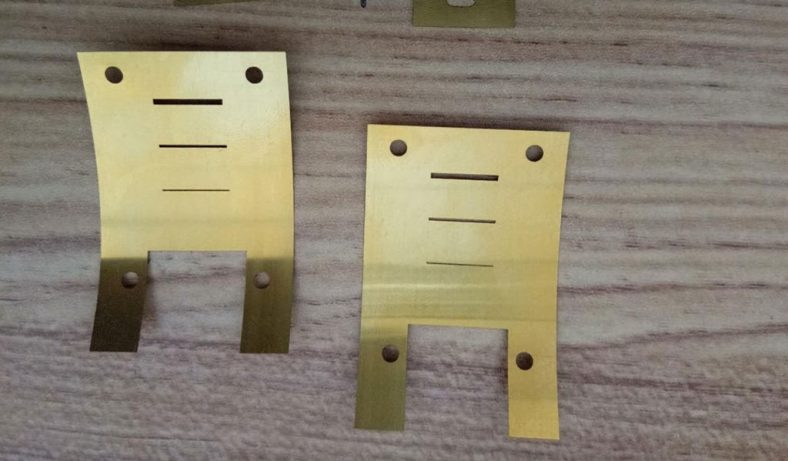
Bronze Sheet Metal Fabrication
-

Mild Steel Sheet Metal Fabrication
-
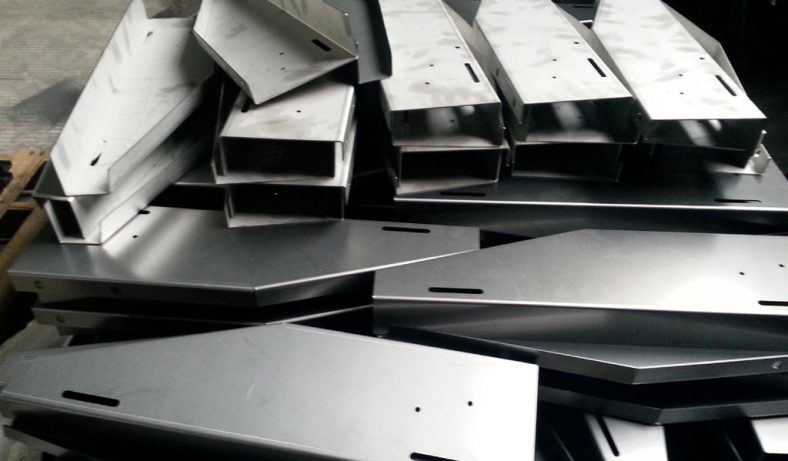
Galvanized Steel Sheet Metal Fabrication
-
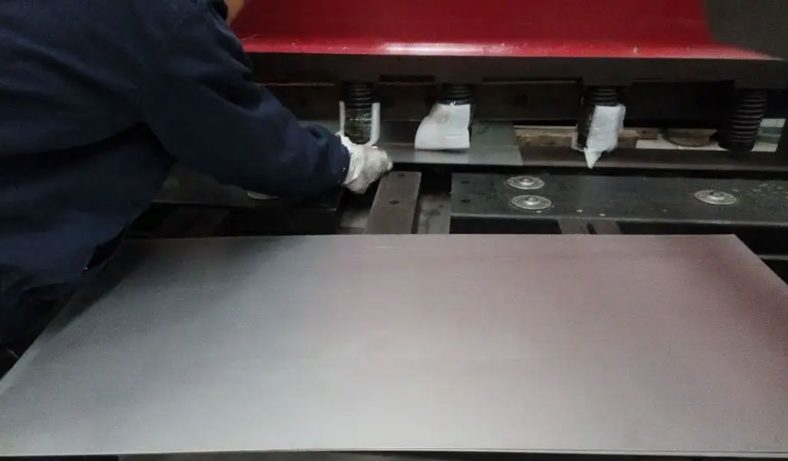
Titanium Sheet Metal Fabrication
-
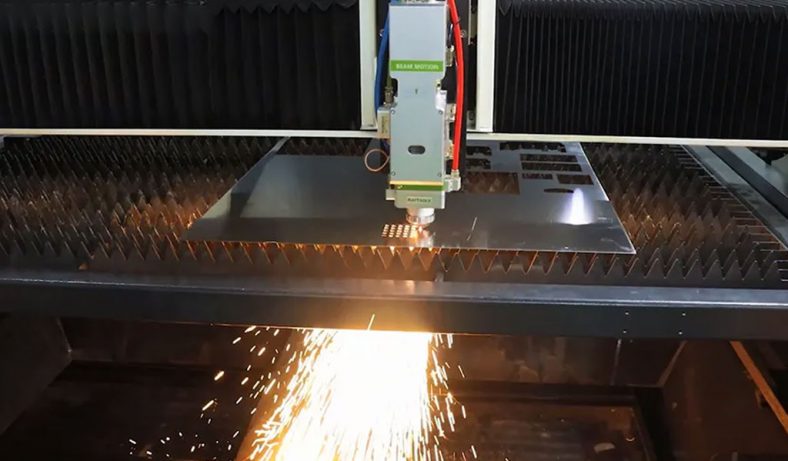
Steel Sheet Metal Fabrication
-
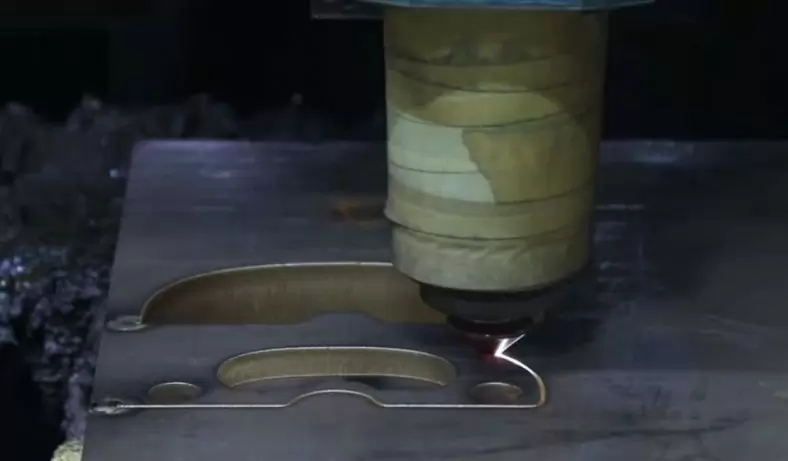
Brass Sheet Metal Fabrication
-

Copper Sheet Metal Fabrication
-
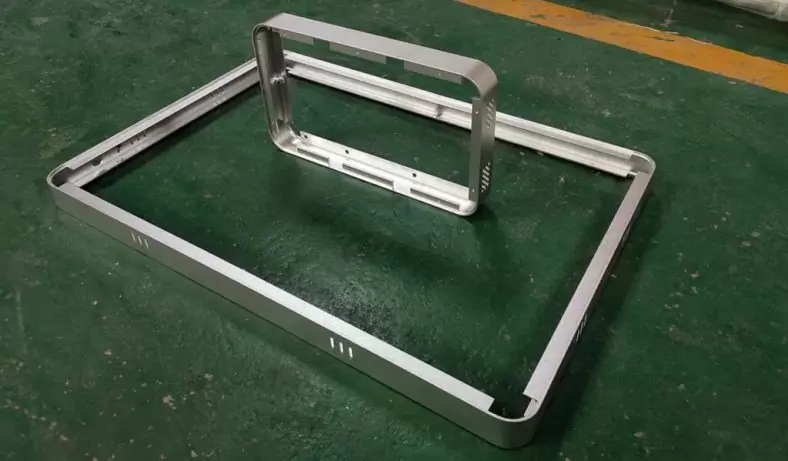
Aluminum Sheet Metal Fabrication
-

Stainless Steel Sheet Metal Fabrication
